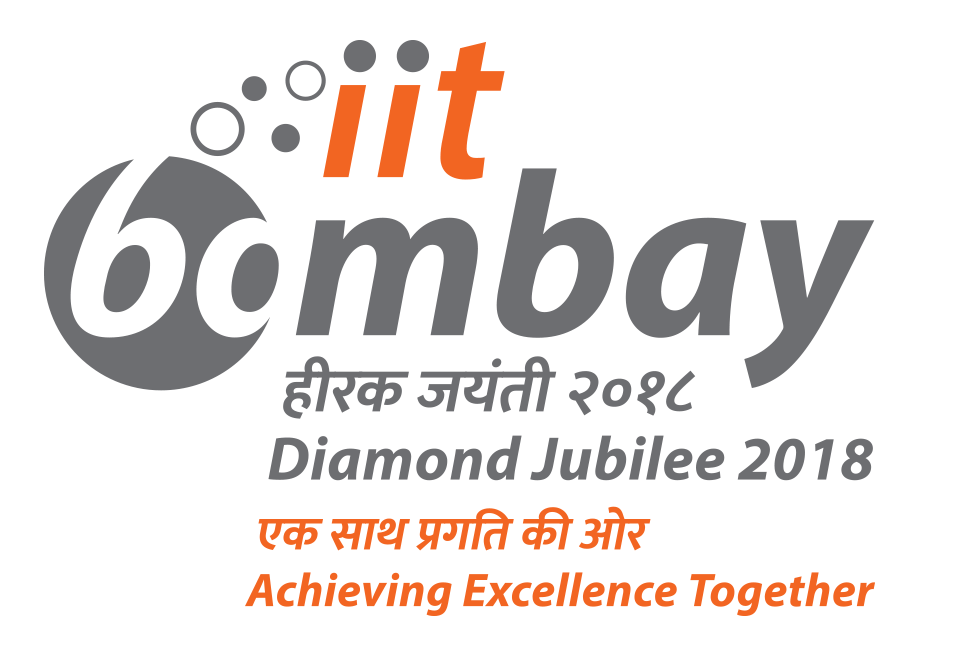Title: Polymer Grafted Rubber Nanoparticles in a Polymer Matrix: Viscoelasticity and Sol-gel Transition
Speaker: Prof. Sathish K. Sukumaran, Yamagata University, Japan
Abstract: Poly(methyl methacrylate) (PMMA) possesses excellent transparency and is often used as a substitute for glass. Being brittle, PMMA is toughened by the addition of rubber. Loss of transparency due to light scattering from the individual particles can be avoided by using nanoparticles. To prevent nanoparticle aggregation and thereby stabilise the dispersion, steric repulsion is introduced by grafting PMMA chains to the rubber nanoparticles. However, significantly reduced transparency is often observed. To elucidate the underlying physics, we investigated the viscoelastic properties of poly(butylacrylate) (PBA) rubber nanoparticles (diameter = 60 nm) grafted with PMMA chains dispersed in a PMMA matrix. We investigated the effect of varying the weight fraction of the added rubber, matrix molecular weight and especially, the grafting density. We first investigated two series of samples: A and B with with 7.5 weight% and 12 weight% of added PBA respectively. The graft ratio, defined as the weight ratio of the grafted PMMA chains to the PBA particles, was varied from 0.8 to 1.5. For the A series, time-temperature superposition (TTS) was found to be valid. For the B series, TTS was approximately valid at high frequencies but not at low frequencies. As the response at high frequencies can be associated with the relaxation of the entangled PMMA chains, the agreement at high frequencies was unsurprising. Failure of TTS at low frequencies in the B series could be traced to the occurrence of a sol-gel transition at the measurement temperature. At the sol-gel transition, the dependence of the critical gel moduli on frequency was a power-law. This suggested the formation of a self-similar, fractal structure of grafted PBA nanoparticles. Transmission electron microscopy revealed that while the as-prepared A and B samples consisted of well-dispersed nanoparticles, the B samples after the viscoelastic measurements exhibited fragmented networks of the PBA particles offering supporting evidence for the existence of a gel at elevated temperatures. For the B series, the critical gel temperature and the critical power-law exponent were found to decrease with increasing graft ratio. However, upon varying the graft ratio over a wider range (from 0.1 to 1.5; D series), the dependence of the critical gel temperature and the critical power-law exponent on the grafting density (graft ratio) were found to be non-monotonic. The observed non-monotonicity will be discussed in terms of the interaction energies between the polymer grafted rubber nanoparticles in a polymer matrix suggested by theory. If time perrmits, some of our ongoing work on the determination of gelation time in these systems and its variation with grafting density will be introduced.

